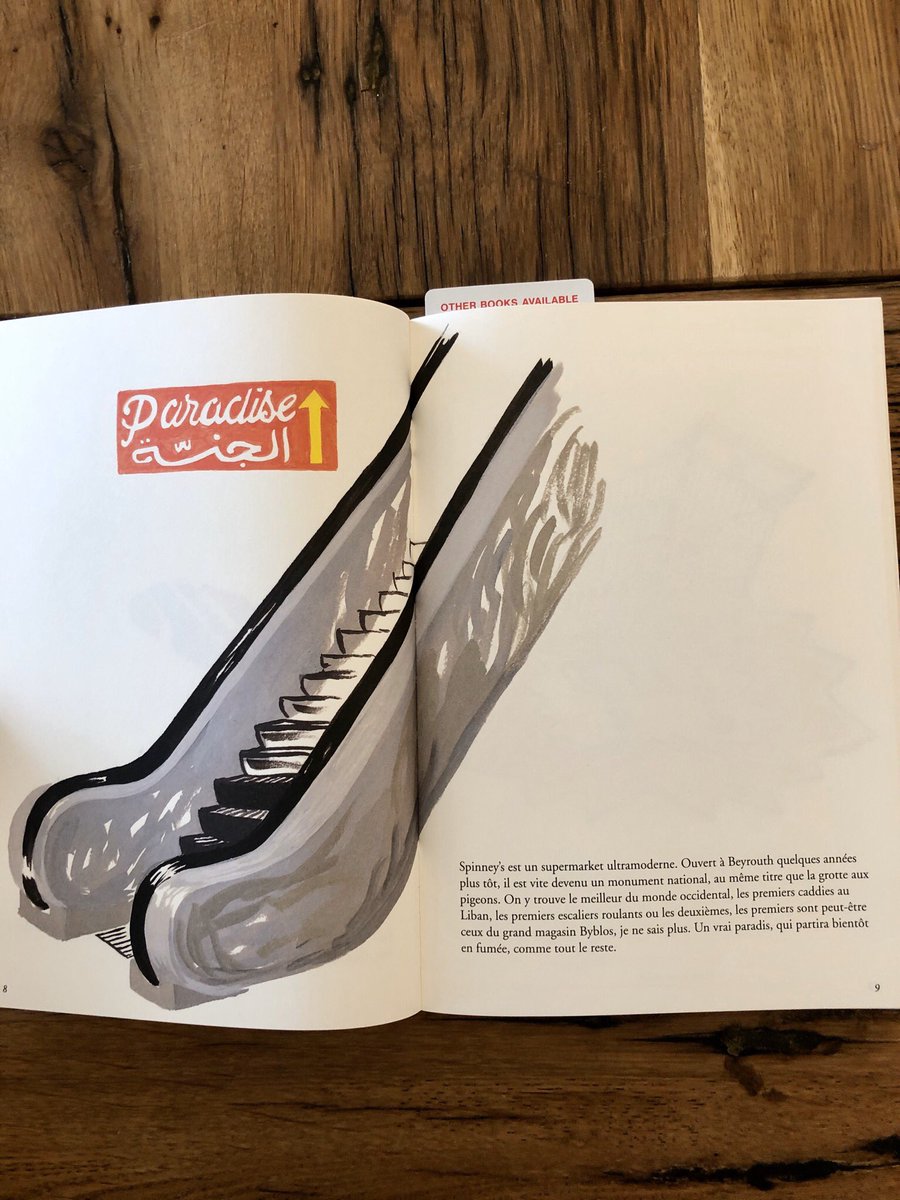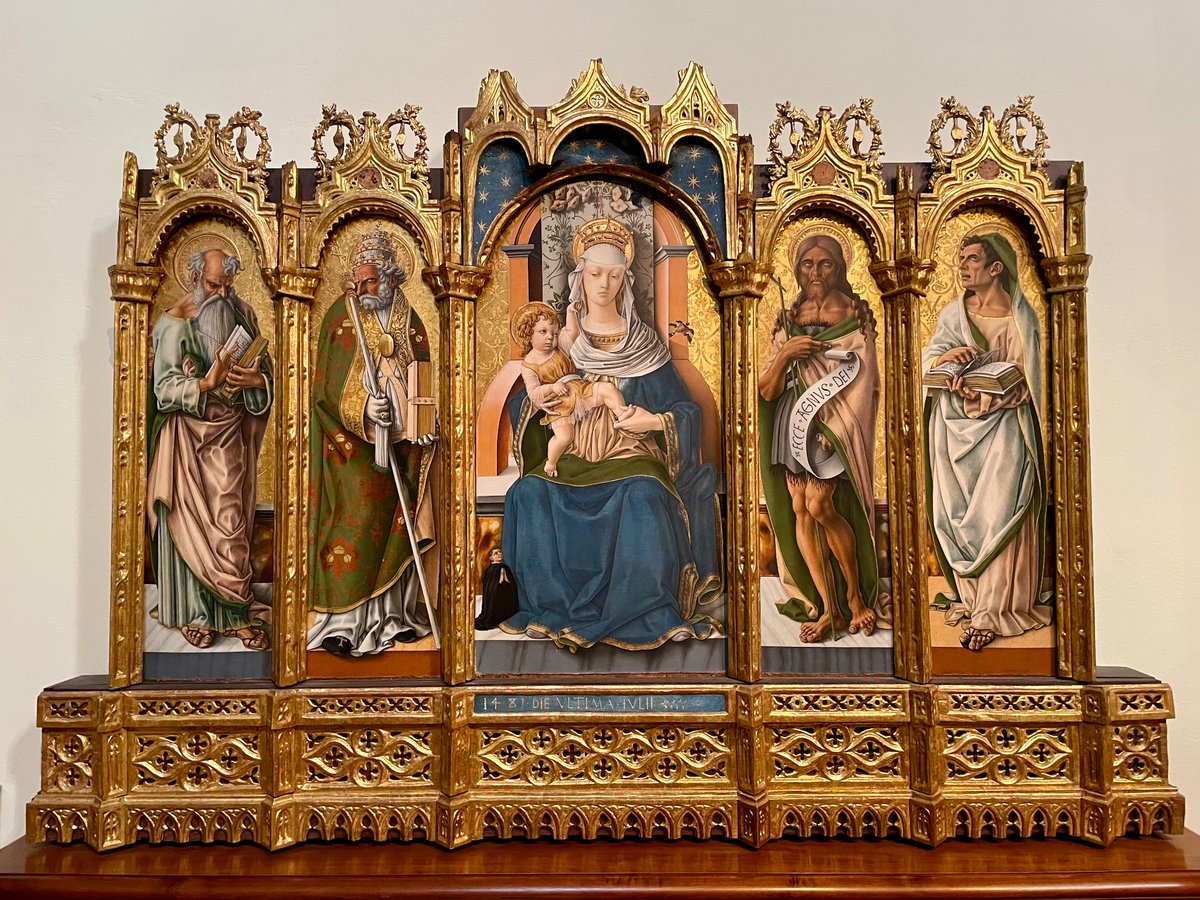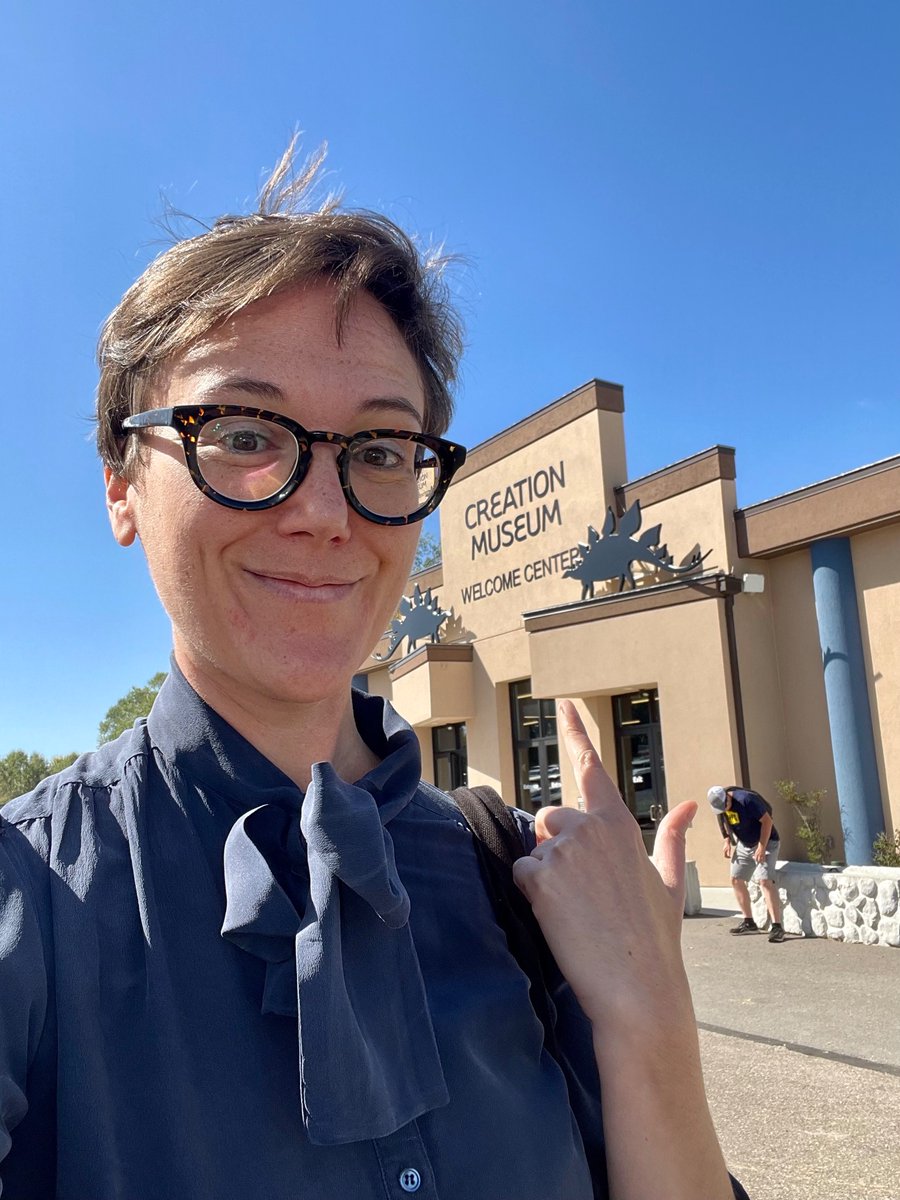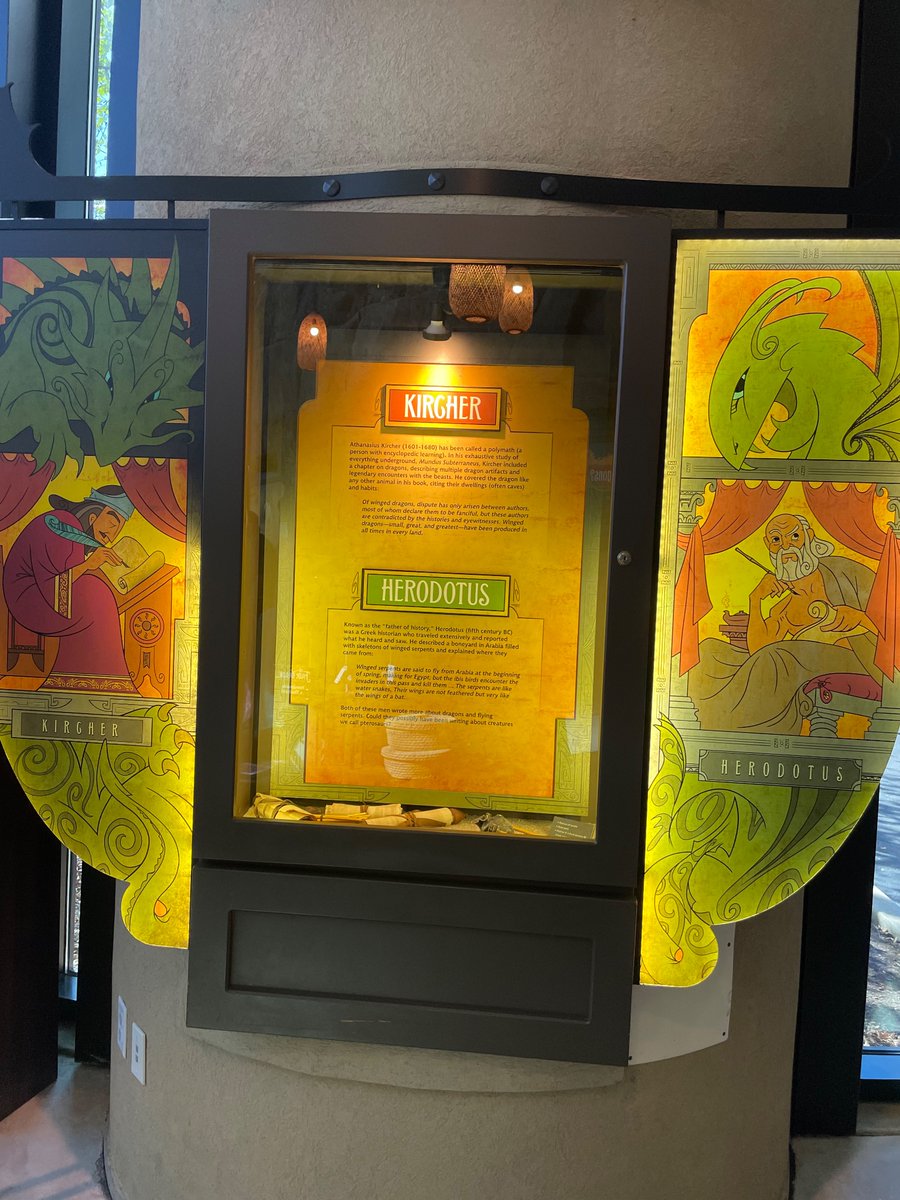On this #IWD2020, I’m reading Lamia Ziadé’s memoir of her childhood during the beginnings of the Lebanese Civil War, “Bye Bye Babylon.” Beautiful and tragic and fascinating. Here’s a thread of some favorite pages.
https://twitter.com/editionsPOL/status/1184186185687678977
She begins with cataloging the consumer products available in Beirut in the early ‘70s, from toys and foods to guns. 





She points out the details of life under siege, with so many tiny unexpected moments, like here, in a sequence cataloging what her family stocked up on - not just food and batteries, but also candy, Valium, and face cream. 

She presents the unexpected joys of spending so much time at home with her parents, but, from her current perspective, also shows us what was being kept from her. 



• • •
Missing some Tweet in this thread? You can try to
force a refresh



























